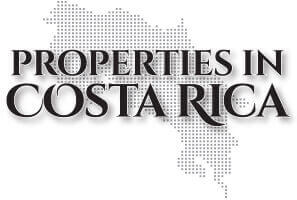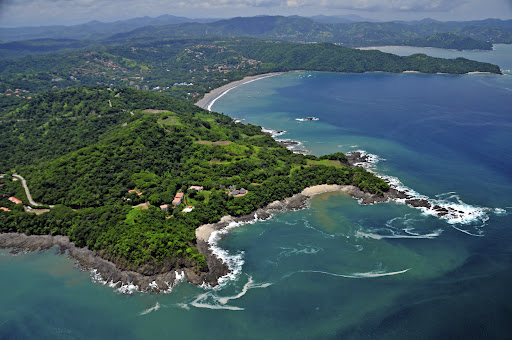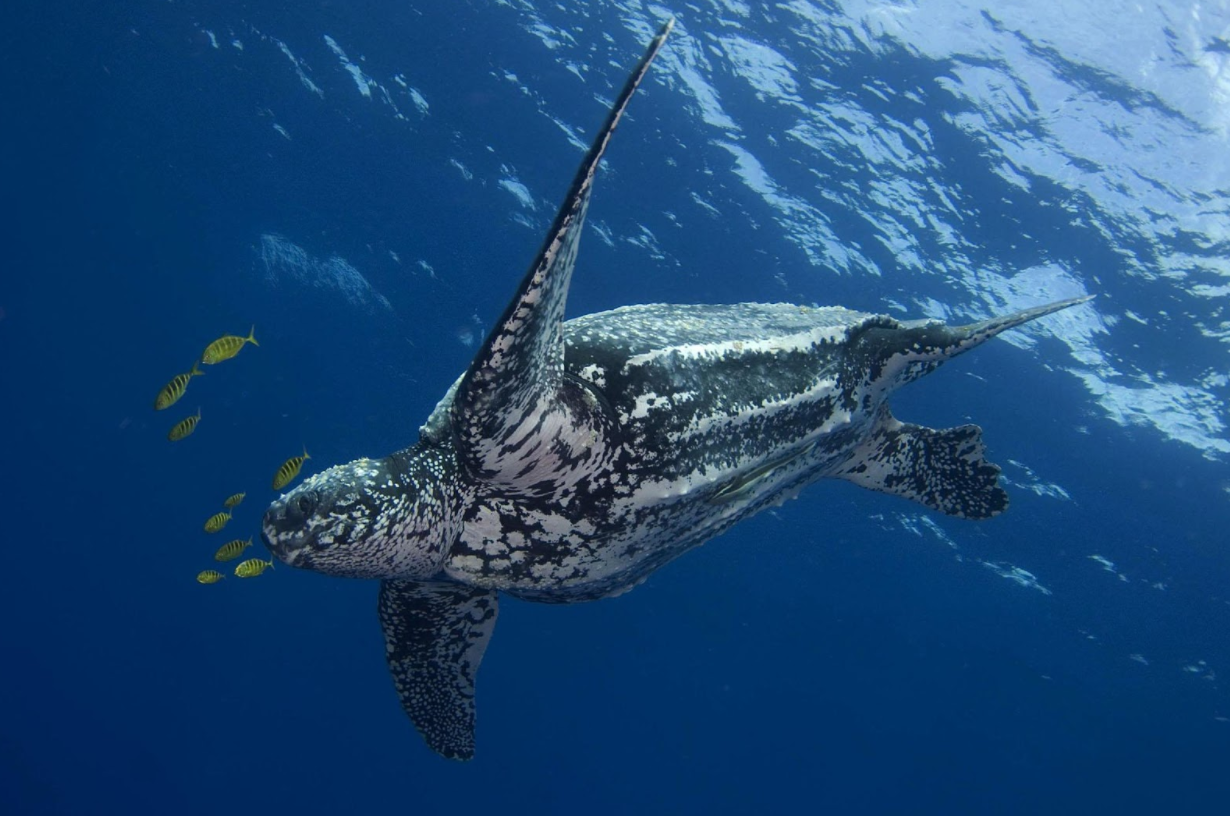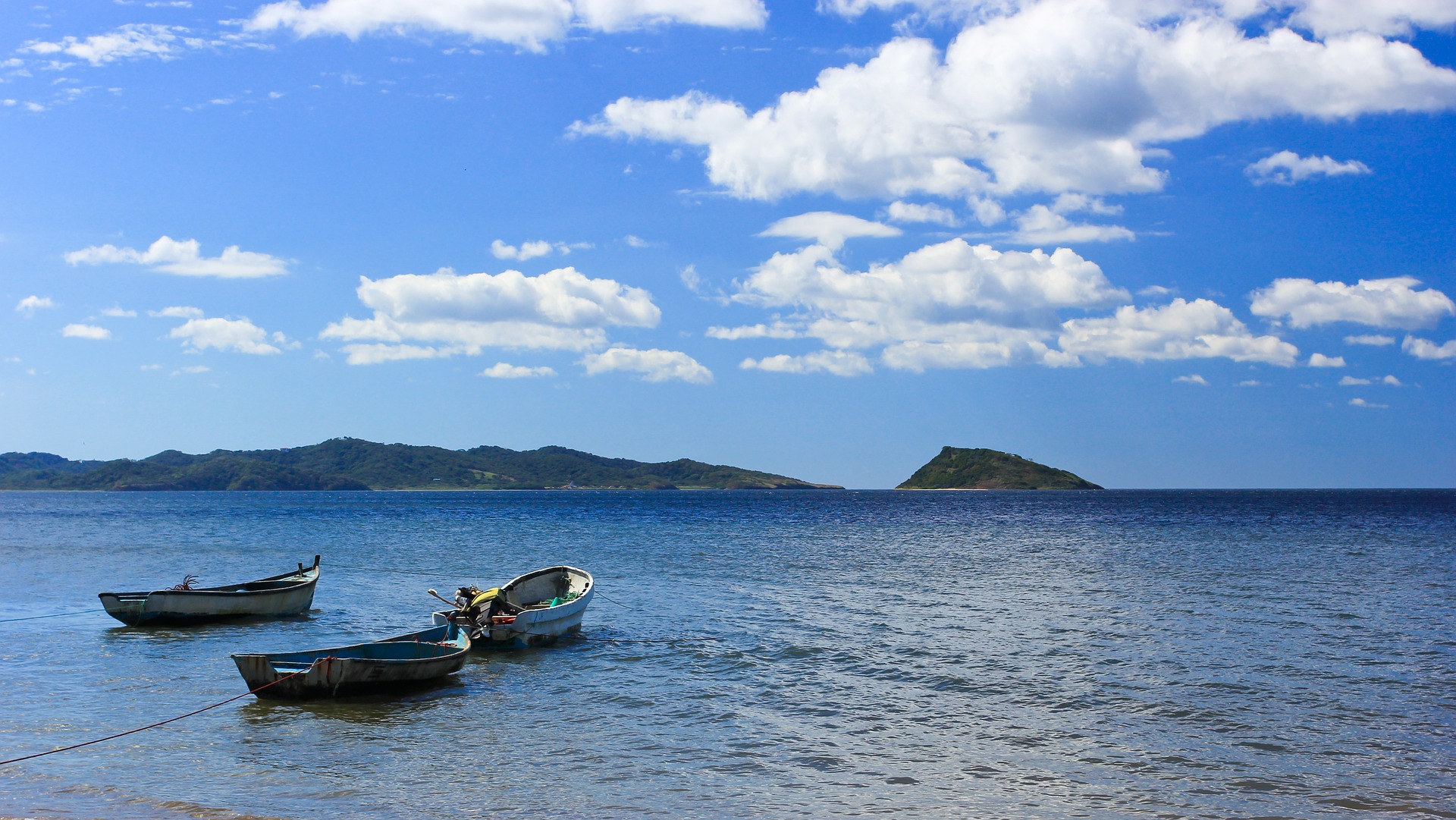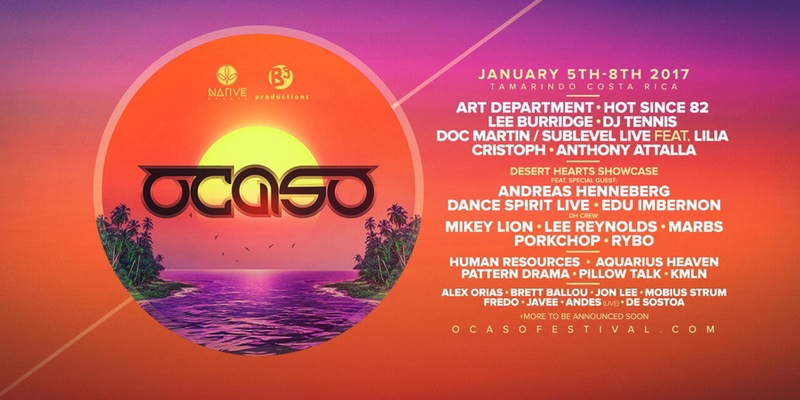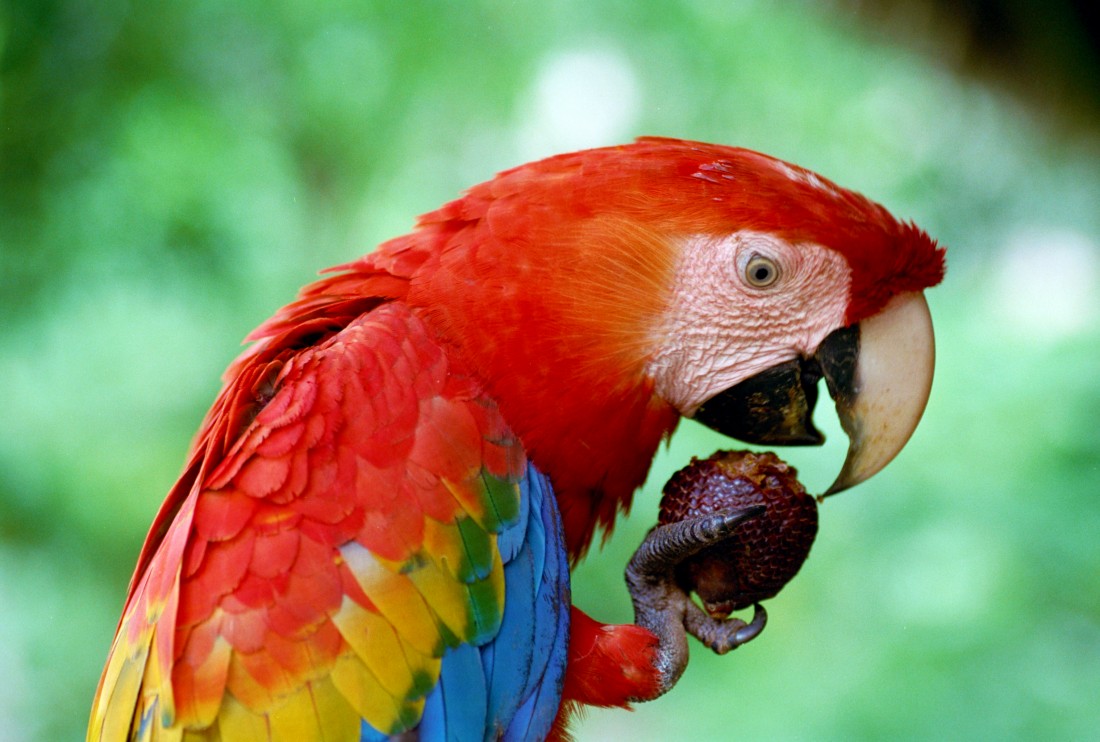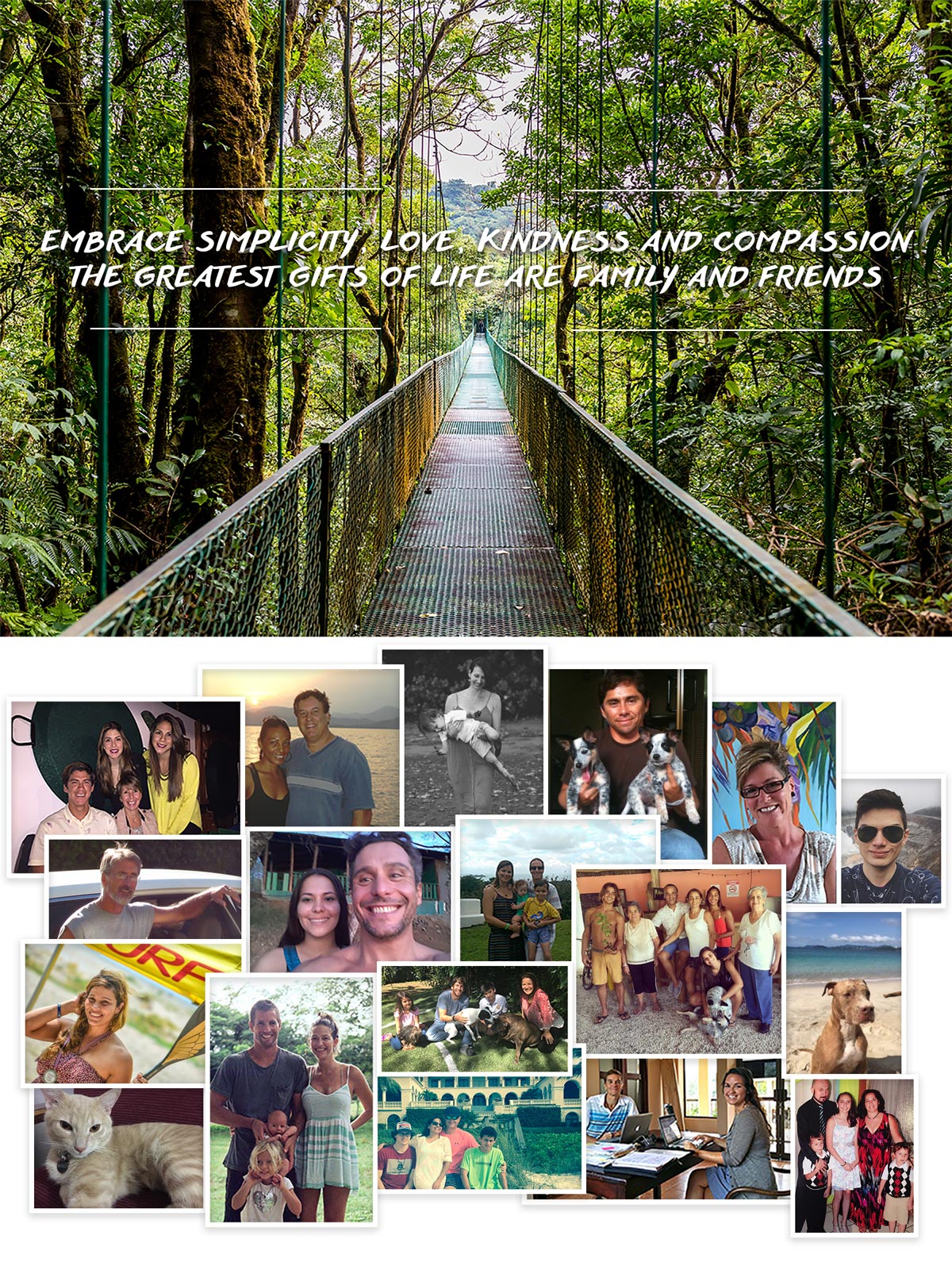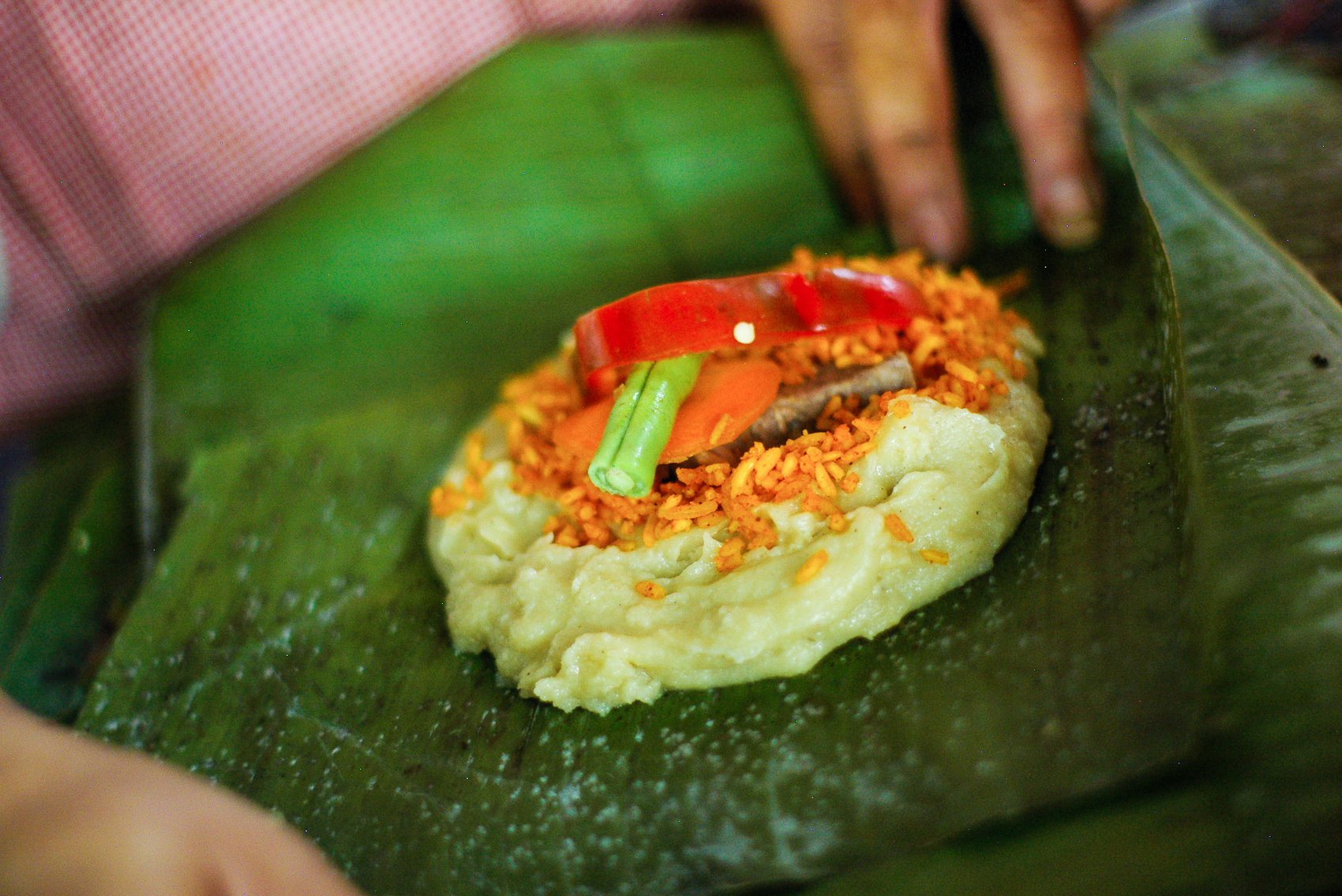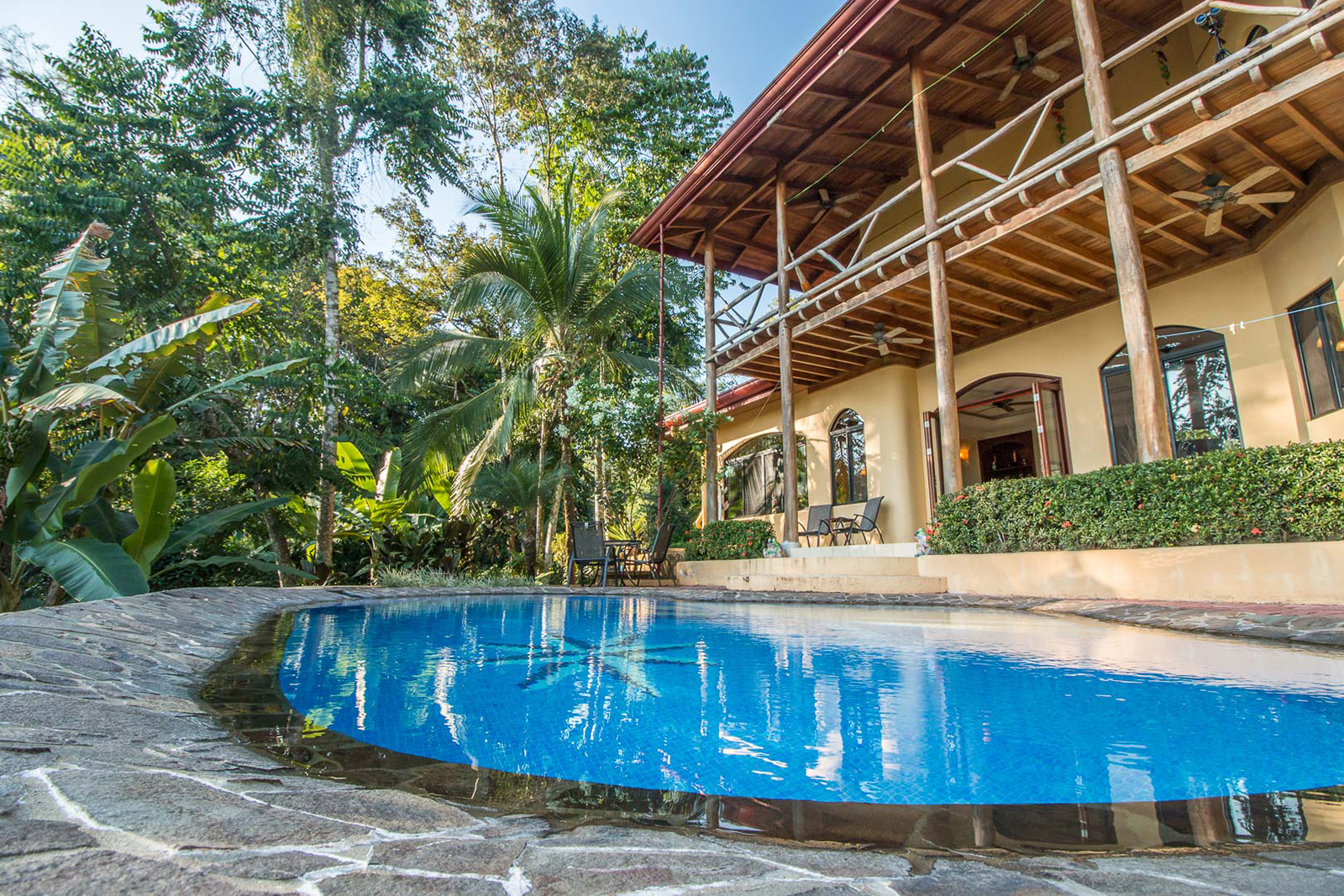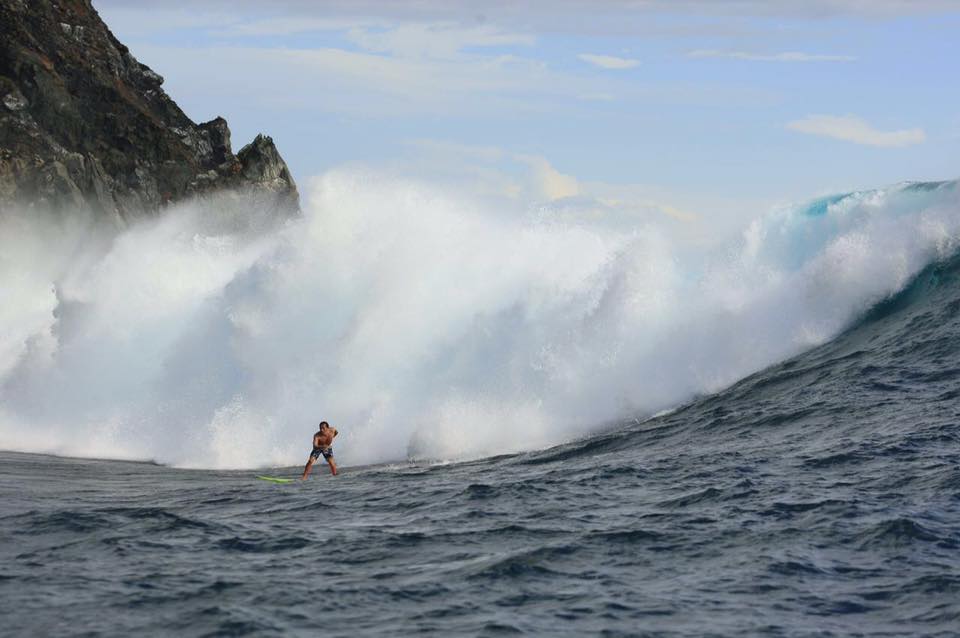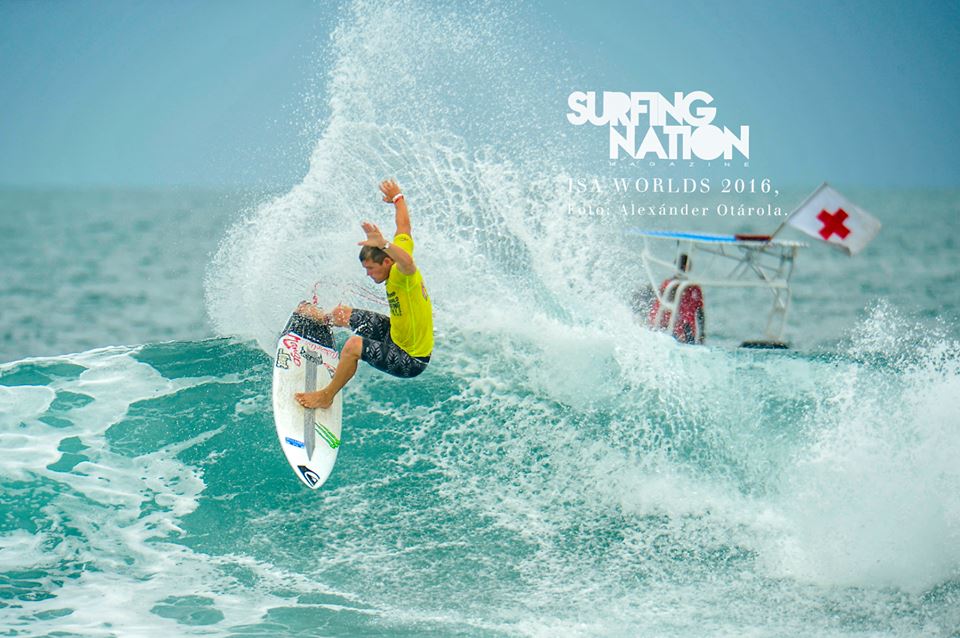If you are like many of our clients, you are looking for a property that can be a second home in the tropics and provide rental-income generation. This property can range from a luxury house on sizeable acreage to a condo unit in a prime location.
There are many factors to consider when looking at profitable rental properties—
- Location. The closer to the ocean, the better. The easier the access, the better.
- Ocean View. The bigger the ocean view, the better. If you can see the sunset into the ocean, even better.
- Swimming Pool. Even though the Pacific Ocean and Caribbean are warm, guests want a pool for their children. As for the size… the bigger, the better.
- Proximity To The Beach. People on vacation love to walk to the beach, but you definitely want to read up on Maritime Property, which is leasehold, before committing to anything.
- Security. There’s nothing worse for rental reviews than an incident of theft. If your rental house is not in a gated community, a private gate and/or a caretaker can limit bad experiences.
It’s difficult to quantify, but the more boxes you can check, the better. The higher the weekly/nightly rental rates, the higher your occupancy and the better your reviews. All of which lead to bigger net profits.
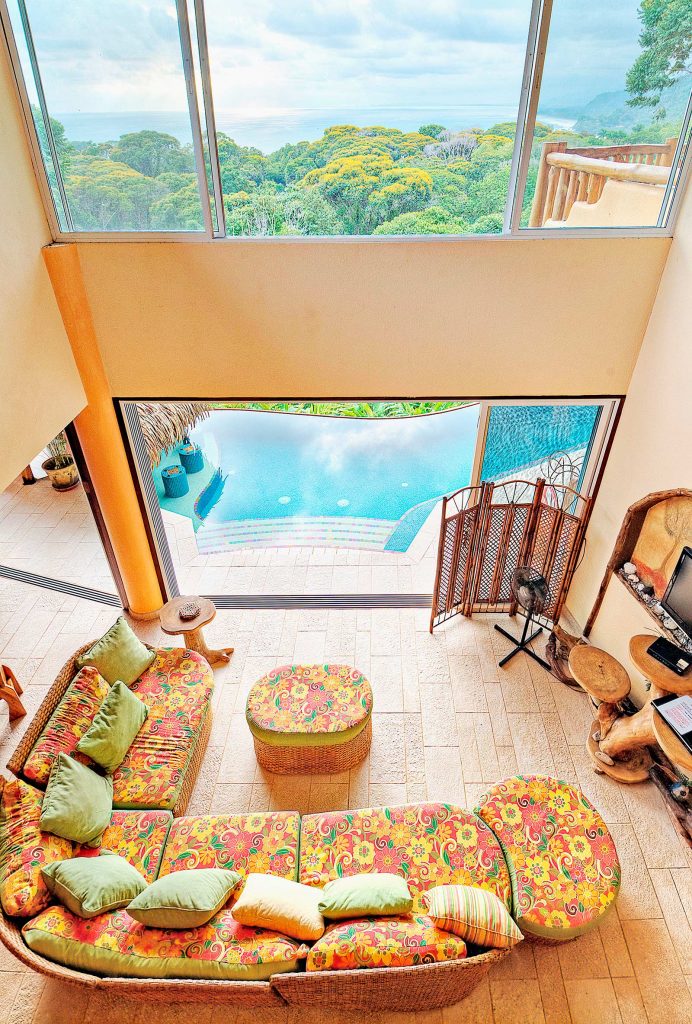
Open concept, tropical finishes, and a luxurious pool with sunset views to infinity.
BUYING A HOUSE
Let’s start with the “Buying a House” strategy. If you are an investor looking to relocate to Costa Rica, you will need to find a property that either has a guest house/casita to rent or room to build one. These property owners can either rent to a tenant long term or to people on vacation typically on a weekly basis. The short term (e.g., weekly) rental strategy is more lucrative than finding a long term rental, but it’s also more work and your rental will suffer a bit more wear and tear.
Owners will quickly discover there are two roles that need to be filled—the property manager and the rental manager. Often, they are one in the same. The property manager deals with daily life on-site. They coordinate with the cleaning crew, the gardener, the pool service, the maintenance man, and everything else house related and local. The rental manager deals with the online listing across various vacation rental websites, the inquires (the most important component), booking reservations, receiving monies, and luxury services like a personal chef and a masseuse. They also arrange shuttle services and book excursions and tours (and subsequently receive referrals from tour operators). In the vacation rental game, extra income is always welcomed!
In some cases, like this luxury rental estate, the semi-retired owners live on-site and manage everything. For years now, they comfortably lived in one of the spacious studio casitas and aggressively marketed the main house as a luxury vacation rental. Their rental history is strong like their online reviews.
BUYING A CONDO
If your busy life only allows for two or three trips down to Costa Rica per year, then investing in a condominium makes a lot of sense. The benefits are many—prime locations, no need for a caretaker or house sitter, and just easier to manage. In addition, low property tax, common area expenses are shared among all of the owners in the development.
You can find nice condominium projects in popular tourist areas all along the Pacific Coast, but this new development on the Costa Ballena is setting a new standard. Our clients are impressed with the luxury finishes, quality amenities and just steps from Playa Ballena, one of the nicest beaches in Costa Rica. If you don’t feel comfortable on dirt roads, this project has easy two-wheeled drive access. Guards are present 24/7 at the gate, and this element is a benefit for you and your rental guests. On-site management with a multi-layered rental program. In fact, we recently had clients focused on houses switched to one of these three-bedroom condominiums because of the aforementioned benefits.
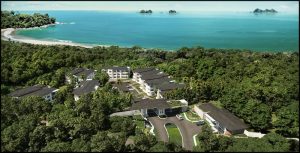
Tucked in the Costa Ballena jungle, steps to an idyllic beach, and amenities galore!
CONCLUSION
Foreigners have the same ownership right for titled land as native Costa Ricans. Property taxes are low, and there is no capital gains tax. If you’re planning on relocating to Costa Rica, buying a house with an extra rental unit is a smart strategy. If you will only be able to enjoy it a couple of times per year, then a condominium may be a better fit as an income-producing investment.
In most coastal areas of Costa Rica, the vacation rental market is strong and getting stronger. The beach areas of Guanacaste (e.g., Tamarindo) have long been tourist destinations, but if you want to invest early in the development cycle … the southern Pacific zone is worth exploring. Especially when you consider there are no large, all-inclusive hotels on the Costa Ballena to compete with your rental.
Costa Rica real estate is heating up and global economic downturn continues to fade in the rear view mirror. Pura vida.
